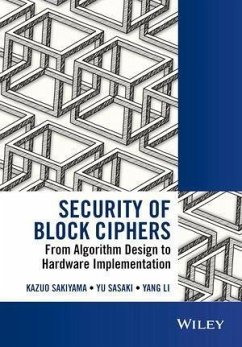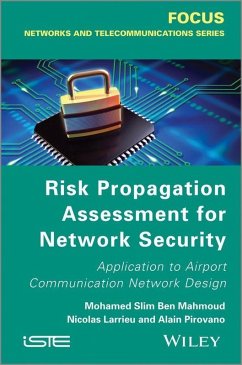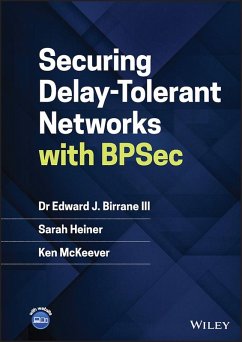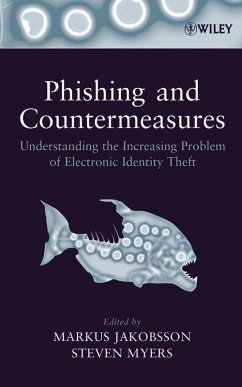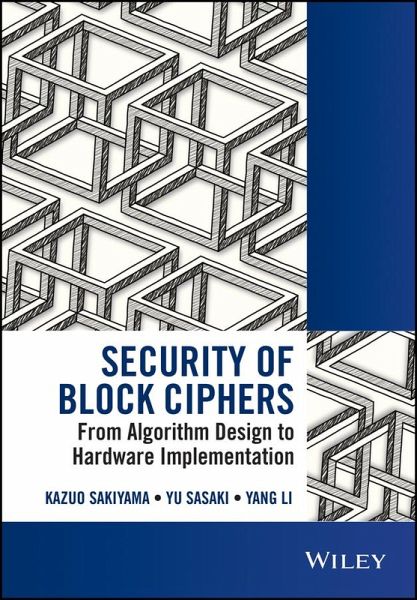
Security of Block Ciphers (eBook, ePUB)
From Algorithm Design to Hardware Implementation
Versandkostenfrei!
Sofort per Download lieferbar
95,99 €
inkl. MwSt.
Weitere Ausgaben:

PAYBACK Punkte
0 °P sammeln!
A comprehensive evaluation of information security analysis spanning the intersection of cryptanalysis and side-channel analysis * Written by authors known within the academic cryptography community, this book presents the latest developments in current research * Unique in its combination of both algorithmic-level design and hardware-level implementation; this all-round approach - algorithm to implementation - covers security from start to completion * Deals with AES (Advanced Encryption standard), one of the most used symmetric-key ciphers, which helps the reader to learn the fundamental the...
A comprehensive evaluation of information security analysis spanning the intersection of cryptanalysis and side-channel analysis * Written by authors known within the academic cryptography community, this book presents the latest developments in current research * Unique in its combination of both algorithmic-level design and hardware-level implementation; this all-round approach - algorithm to implementation - covers security from start to completion * Deals with AES (Advanced Encryption standard), one of the most used symmetric-key ciphers, which helps the reader to learn the fundamental theory of cryptanalysis and practical applications of side-channel analysis
Dieser Download kann aus rechtlichen Gründen nur mit Rechnungsadresse in A, B, BG, CY, CZ, D, DK, EW, E, FIN, F, GR, HR, H, IRL, I, LT, L, LR, M, NL, PL, P, R, S, SLO, SK ausgeliefert werden.




